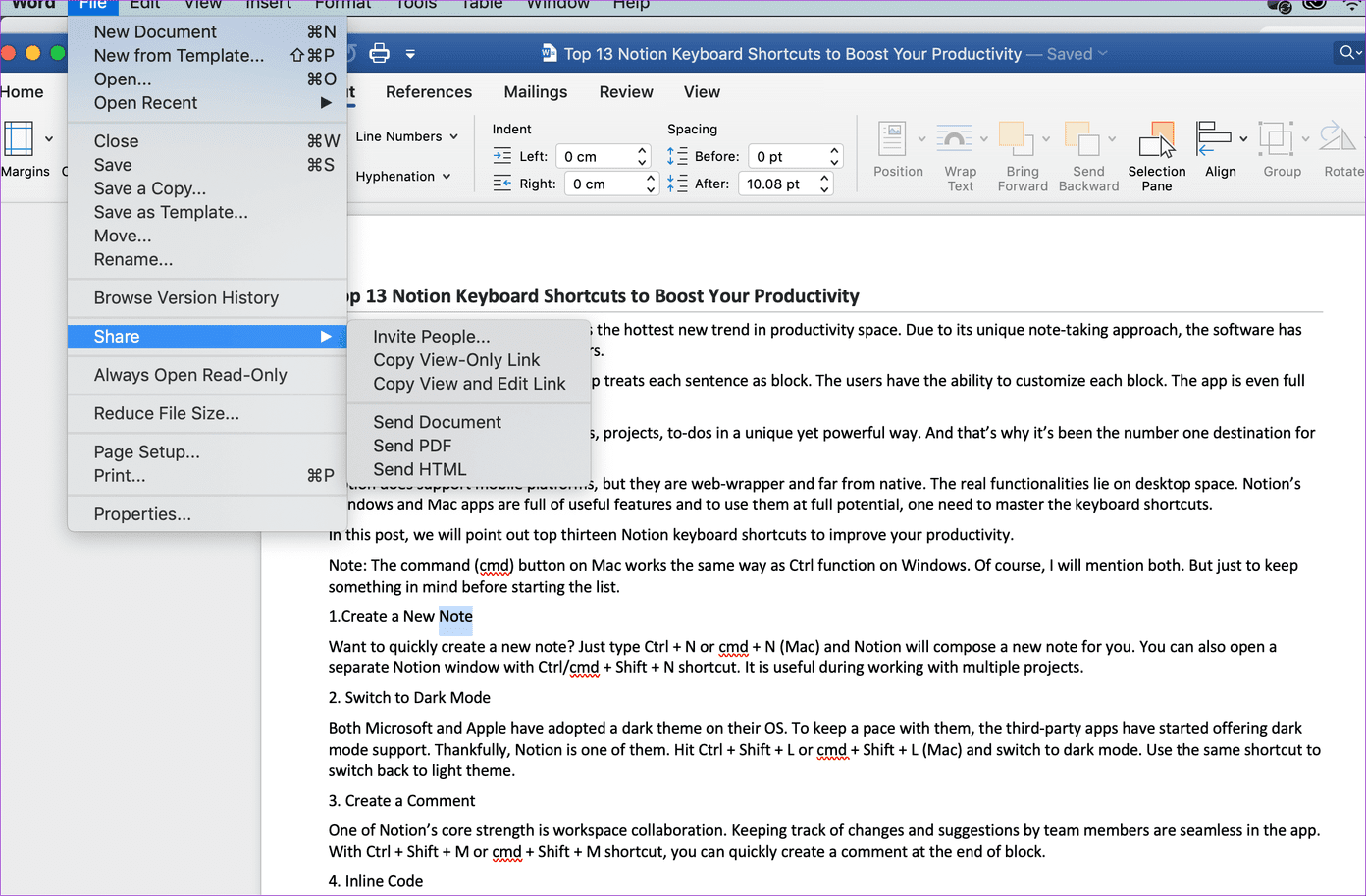

Which explains why Michelangelo's Sistine Chapel fresco features a serpent coiled around a fig tree. So was the fig, the peach, and so forth." "To complicate things even more," says Appelbaum, "the word malus in Jerome's time, and for a long time after, could refer to any fleshy seed-bearing fruit. As a noun it seems to mean an apple, in our own sense of the word, coming from the very common tree now known officially as the Malus pumila. As an adjective, malus means bad or evil. "But he hit upon the idea of translating peri as malus, which in Latin has two very different meanings. "Jerome had several options," says Appelbaum, a professor of English literature at Sweden's Uppsala University.


 0 kommentar(er)
0 kommentar(er)
